Everything you need to know to start using foil in your design projects and appear to know what the hell you’re doing.
Let’s start with what it is. Foiling is when you apply a thin layer of metal foil to a design—usually a printed piece—to give the appearance of gold leaf. I don’t know exactly when it started, but some of the first hardbound books, dating back to the 5th century, had gold leaf on their leather book casings. This continued as a trend all through history and when dust jackets were introduced to books, the trend continued onto printed paper designs. From there, the trend spread onto packaging products, including retail boxes, wine labels and even promotional items like brochures and fliers.
While original foil applications used real gold, this became too expensive for the mass production of books and other products. Most foils now are aluminum or tin based and use a thin color layer to make them gold, copper or any other color. Although you can actually still get your hands on real gold foil, but it’s going to cost you an arm and a leg.
The history of foil is probably long and interesting, but for the sake of this 101, we’re going to cover what a designer today needs to know about foil. And in this article we are addressing the use of foil in graphic design.
How Does Foiling Work?
It used to be that gold foiling was done by hand. But like most things, it’s all done by machine now. Once you have a design, it is etched into a piece of metal called a foiling die. This is much like a typical rubber stamp, except that it’s made of metal. This is put onto a hot stamping press, that heats up. A roll of thin foil goes between the die and your substrate (paper, etc.) and the two come together with a whole lot of pressure. Almost all hot stamping foil machines fall into one of three categories:
- Clamshell press: This press closes like a clam, sandwiching the foil between paper and die. This type of machine typically has a small footprint with a lot of pressure. It is also easy to switch dies, switch foils and change your set-up (make-ready), making it a good option for small runs. If you’re around foiling long enough you’re bound to hear Kluge. This is the most popular clamshell foiling press and is almost synonymous with clamshell hot stamping press.
- Straight stamp press: Bobst, Thermotype, Kensoll-Franklin and other brands are straight stamp presses. The die comes straight down with paper being fed in and out of the stamp area. Because of the straight path of the paper, these are faster than clamshell presses. But typically, the set up time is longer. So for long runs, these are typically better than clamshells.
- Roll press: A roll press is similar to an offset printer, except instead of using ink, it uses foil. This press uses a die mounted on a roller. Paper, either on a roller or in sheets, is fed through and impressions of foil are rolled onto the design. This is the fastest of the three press types, but the dies are far more expensive and the set up time is far longer. So really, this method is used for things that have huge (in the hundreds of thousands or millions) run quantities.
Foiling Dies
As mentioned above, in order to apply foil onto your substrate you need a die. The die is a plate with an impression raised off the surface. This is heated up and is used to press the foil onto your substrate. Most foil dies are flat. There are cylindrical/roll foil dies, but these are far and few between so we won’t discuss them much
The most common method for making dies is acid etching. Essentially a plate of metal is covered with a photosensitive layer. The artwork is printed on film and exposed with UV light onto the die plate. The plate is then washed, leaving only your artwork on the plate. This is put in an acid bath and all the exposed areas are etched away, leaving your impression raised and ready to be used for foiling!
Foil dies are made primarily of three metals:
- Magnesium – This is the cheapest metal used for making foil dies. Magneisum dies take from 5 to 15 minutes to etch, are pretty lightweight and heat up quickly. The problem with magnesium, however, is that it’s relatively soft. A paper jam can result in a damaged die. And a magnesium die will only last for a few thousand impressions.
- Copper – This is more expensive than magnesium. It takes longer to etch and is a lot heavier. The plus with copper is that it is harder than magnesium and so is harder to damage and lasts for more impressions. There aren’t many pitfalls with copper except that, because they take longer to etch, you can end up with more shallow dies. This is something your die maker should worry about, but something you should be aware of.
- Brass – This is the most expensive metal. It is stronger than copper and can be used for more impressions. Brass is generally used for sculpted or combination dies (more on those below). The process for making dies is generally CNC as opposed to acid etching. CNC is basically using varying sizes of drill bits to etch an image into the die.
You’ll generally pay about $2 for square inch of metal, with a $50 minimum. Magnesium dies can be as low as $1 per square inch. So if you were doing a 6″ x 9″ book cover with foil from top to bottom, your die would cost somewhere between $60 and $120 using magnesium or copper. If you go to brass, this will jump up significantly. You’d likely be paying anywhere from $400 to $600 for a brass die that large.
Types of Foil Dies
We covered already the different types of metal used for making foil dies. In addition to the three most common ones listed above, there are dies made from steel and also ones made of rubber. But these are for very specific purposes and aren’t the real of a 101 article. But beyond metals, there are three types of dies you need to be familiar with as a designer:
- Single Level Die/Foiling Die – This is the most common die. In fact, when referring to a foil die, you are generally referring to a single level die. The die has two surfaces—the surface that stamps the foil and the area that doesn’t. Pretty simple. All etched copper and magnesium dies are single level dies.
- Pattern Die – This is a die that has a micro texture in the foiling surface. This is an alternative to using a textured foil, which we’ll cover below.
- Combination Die – This is a combination foiling and embossing die. We will cover embossing in a separate article, but in short, it’s the raising of a surface through stamping. Foiled areas look a lot better when they’ve been embossed and so many foil applications are followed by embossing. A combination die allows you to foil and emboss in a single pass through the press. This is great, but there are a few limitations—everything that’s embossed, must be foiled and vice versa. And the dies are far more expensive.
Types of Foil
Ok, now onto the actual foil. To start, there are several kinds of foils:
Metallic Foil – This is what most people refer to simply as foil. The foil has a metallic look and almost all foil suppliers will carry common metal colors, such as silver, gold, copper and bronze. However, metallic foils also includes colored foils, such as metallic blue, red, green, etc.
Pigment Foils – These are foils that are either matte or gloss colors, but have no metallic sheen. Their primary use, when it comes to graphic design, is where you have a product that won’t be printed but still requires some graphics. For example, you may be making a black packaging box. Rather than print black, you are using a black paper. This means inks printed on it won’t appear. So you use a white pigment foil to put the name of the product on the box.
Pearl Foils – These are foils that are transparent/translucent and have a pearlescent shine. You will commonly see these on wedding invitations. They do add some color, but are primarily used to give a shine to some element of your design.
Holographic Foils – These are foils that have a “rainbow” effect, similar to the back of a CD or DVD. As light shines on the foil, it is reflected back in a rainbow of colors. Also in the category of holographic foils are those that have a holographic pattern in them, such as a repeating starburst, dot pattern, etc.
Here you can see some examples of these foils:
There are other foils, such as textured foils that look like wood or marble, hologram foils that have an image embedded inside them (think back of credit card), but the above are the primary foils you will use as a graphic designer.
An important thing to know about metallic foils is that they fall into two categories when it comes to their “metallic” value—gloss and satin. Gloss, or shiny, refers to metallic foils that have a “mirror-like” shine. Satin refers to metallic foils that have “blurry” reflections—closer in look to aluminum (think macbook metal casing). Satin provides a generally more sophisticated look than gloss foil. Also, due to the sheen of satin foil, it retains it’s base color better than gloss foil. On the other hand, gloss foil reflects lights stronger and thus works better for small touches and detail, where you have little real estate but still want to make it obvious you are using foil.
Foil Release
From the perspective of specifying foils, the most important factor to know is release. In order to understand release, let’s take a look at how foil is constructed. You have thin layers. The release layer is essentially the “glue” that’s holding the foil onto your substrate.
Now, if you have ever done arts and crafts in school, you know that not all glues are equal. Some glues, like rubber cement, will stick to anything it touches once it’s half-dry. Elmer’s glue, on the other, requires keeping two items together for a long time before the glue starts doing any work. It’s kind of like that for foil. Some require the die to be pressed for a long time, others require the die to just touch the foil.
Now of course the question is why? Why have different glues? Why not have a glue that sticks really well? The problem with a glue that sticks really well, is that foil might go down where you don’t want it to go down. Or, it sticks so well, that it pulls off more foil than it’s supposed to.
For this reason, there are different releases of foil. Generally, release breaks down into three categories:
- Easy Release Foil – This means the foil comes off the backing roll really easily. This is good where your substrate isn’t perfectly flat (leather, uncoated papers, soft papers) as well as large blocks of foil.
- Medium Release Foil – This is the “in-between” foil, good for larger areas and detail. Somewhat “all-purpose” although generally recommended for medium to fine detail (compared to easy, which is for larger areas)
- Tight Release Foil – This is for fine detail work, where you will get a lot of pressure in a small area and want the foil to go down quickly and thus not fill in small areas (such as the inside of an “o”).
Generally, a designer doesn’t have to specify the release of foil. The hot stamping pressman, finishing company or printer who are handling your job will evaluate your artwork and the substrate they are stamping on and then order the right release. However, it’s valuable for you as a designer to know about release so that you design accordingly. If you want a full sword foiled on the front of your book cover, don’t have the lettering foiled with the same die as those two items require two separate releases of foil.
Foil Manufacturers
Foil manufacturers is a little too specific for a 101 on such a broad subject as foils and will differ from country to country and even state to state. There are two you should know about as a designer. If you have no knowledge of local suppliers and don’t know where to start on foil specifications, you’re always safe using one of these two:
Crown Roll Leaf – Founded in 1971, Crown is probably the most universally recognized foil manufacturer in the US. In my experience, though, most hot stamp pressmen don’t like Crown foils as they aren’t the easiest to make work. The thing that’s good about Crown—and the reason they’re a success—is that they have the best color selection. A crown sample book is a must for any graphic designer who still deals with printed media (packaging, book covers, etc). You can visit their website here.
Kurz – They started as a gold leaf distributor in 1892 and are now a global hot stamping foil and equipment distributor. They are likely more popular than Crown in Europe, where they are located, but they do have offices in the US and have an excellent color selection. Their foils are generally more expensive than Crown’s foils and, in my experience, are a little shinier—event the satin foils don’t have the same satin quality that Crown’s foils have. You can visit their website here.
A good practice when specifying foils, is to use the Crown color code, but state that the hot stamper can use their Crown alternative. Most hot stampers already have their favorite types of foil and almost all foil manufacturers try to emulate the selection of colors provided by Crown.
Creating Art for Foiling
The most important thing to know about creating artwork for foil is that it needs to be created in vector, not bitmap/raster. The reason for this is that the artwork is output on film at a resolution of more than 2k dots per inch. Generally, “high resolution” bitmap art is 300 dots per inch. This would result in a die with jagged edges, which will cause problems in foiling and make your final product look terrible. Vector art, on the other hand, doesn’t have a resolution as it is all mathematical lines and curves that can be expanded or reduced without affecting the resolution.
In practicality, this means that artwork needs to be created in Illustrator or InDesign or another program that creates vector based output files—generally PDFs or EPS files.
The second most important thing—which is actually just as important as the first—is that you can only use 100% values. You can’t make a gradient in a foil. You can’t do shading. You can only do black and white. No grays. Again, the reason for this is that the film output has only black and white. So grays are output as a dot pattern. This doesn’t make for a usable die. For this reason, die art needs to be created in a CMYK color space where black is 100% black, not 0 values of R, G and B.
A few other things to know:
- If your foil needs to register to artwork on your printed sheet, you need to have a registration mark in your foil artwork that is also repeated on the printed sheet. This needs to be outside of the final crop/cut line of your artwork. Two or three simple “+” marks in your artwork will do the trick.
- Don’t make any lines thinner than 1pt. This is especially important if you are intending to use magnesium dies as a raised area that is thin will more likely disappear after a few hundred impressions.
- Try to break up areas of foil. Large areas of foil, such as a path of 2″ x 3″ are very hard to foil. If you’ve ever tried to put a screen cover on an iPhone or iPad, then you will know that trying to get something cleanly on such a large area without having dust or air pockets is near impossible. And add to that the fact that foil requires tons of pressure—the more area being foiled, the more tonnage needed.
- Avoid having large areas of foiled mixed with fine detail. Large areas require a different release than fine detail. And mixing the two on the same die means using a medium release foil and trying to adjust it for both the detail and the large blocks of foil. This can add hours of time, a lot of waste and even making the job impossible to run.
Be accurate when making die art and check your work twice. Regardless of what a printer tells you, a typo in text will cost them about $15. This is the cost of making 4 new printing plates. A typo or other mistake in a foil die, will cost hundreds. And it’s something that has to be done by a different company, so will add a day or two to the production.
References
Foiling is a large subject and the above is a primer intended for a designer to know the basics and have a good working knowledge if his or her next design project requires foiling. To study up more, here are a few references:



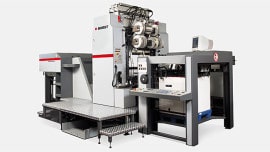

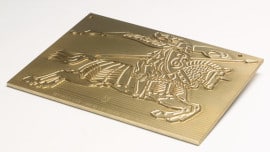
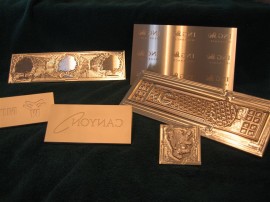

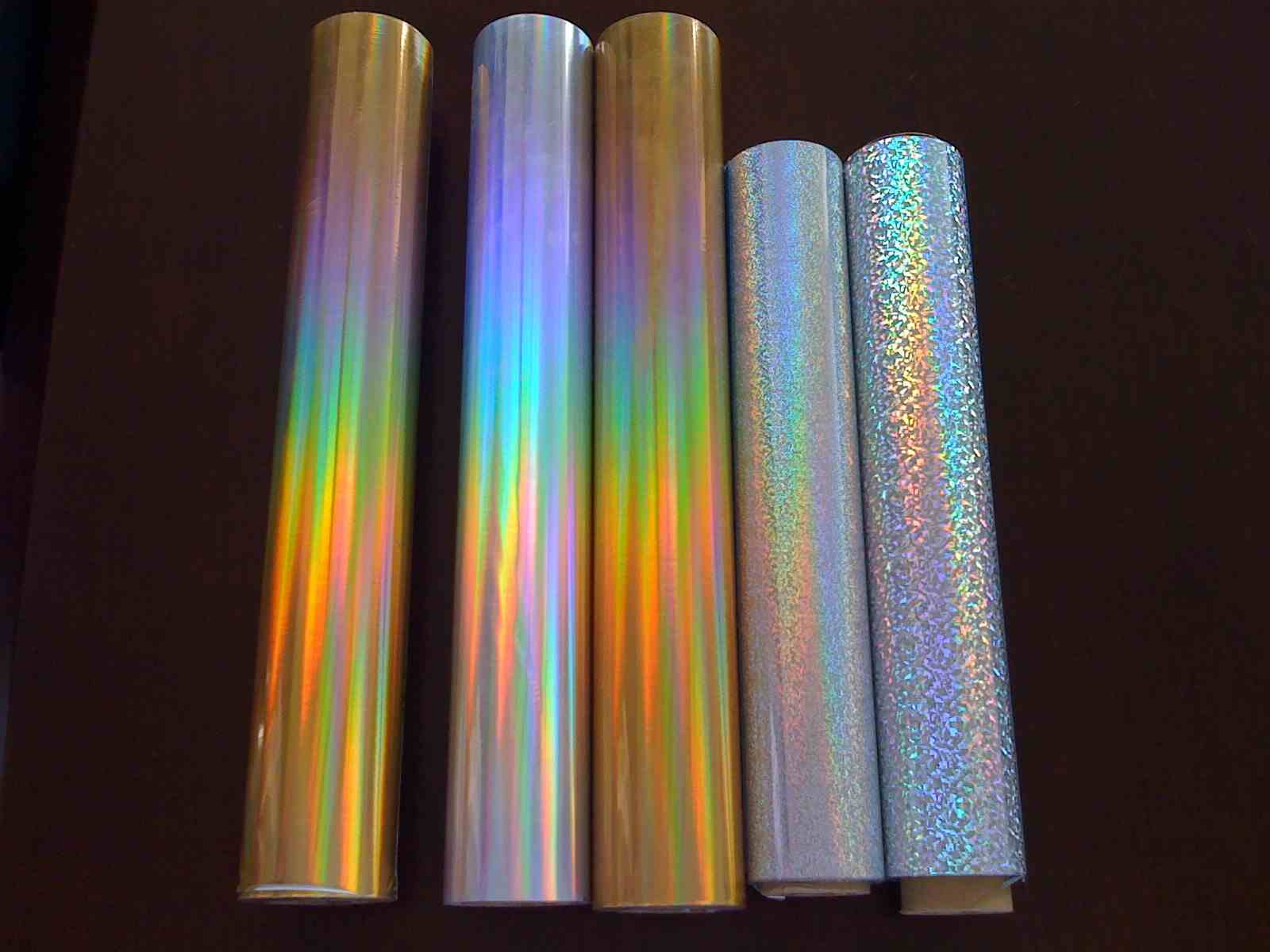

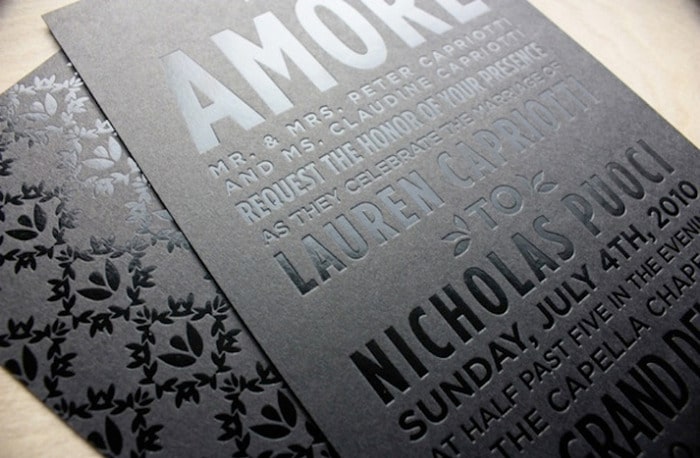

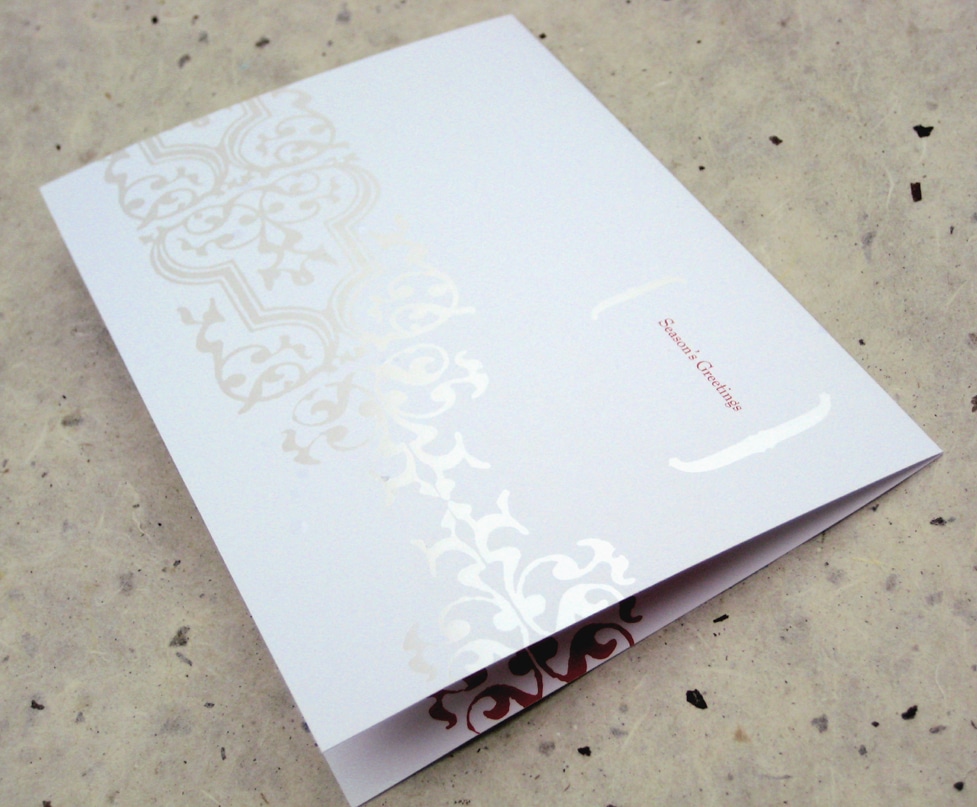
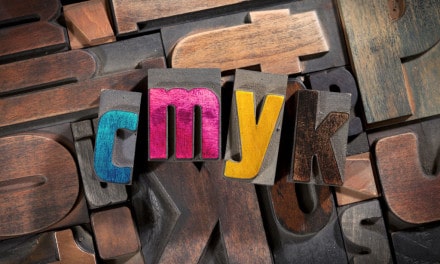

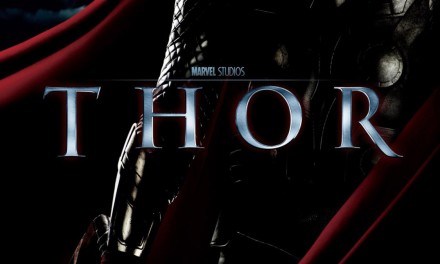
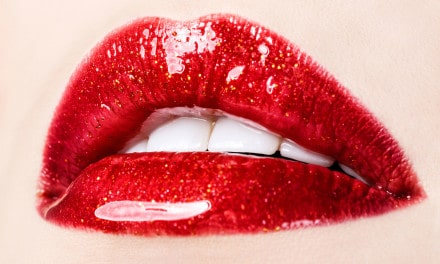
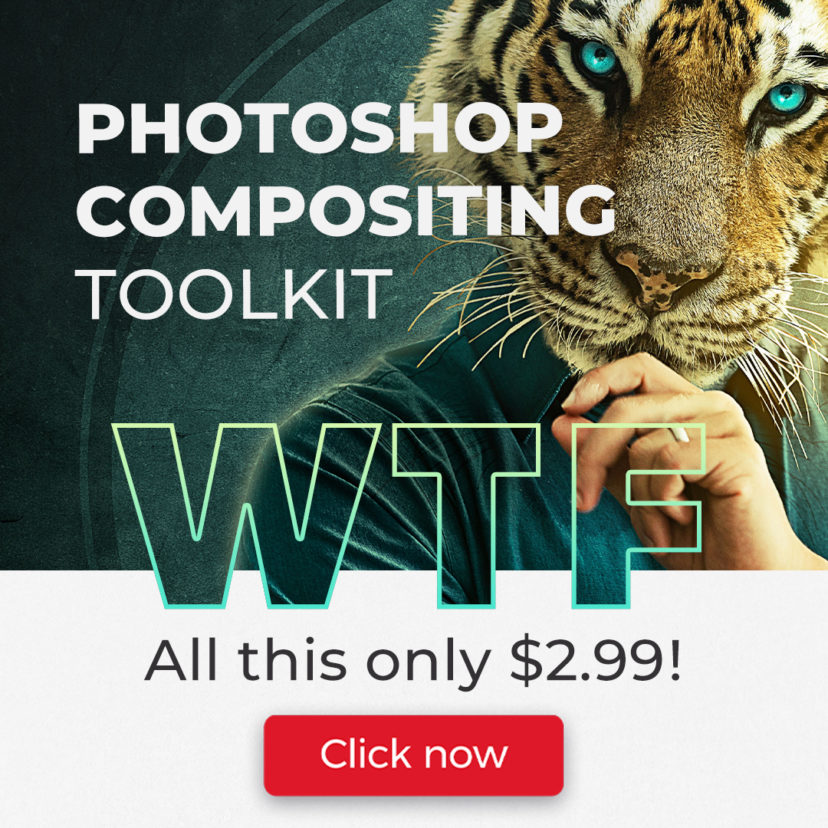
Thank you so much for this extremely detailed but still simplified guide!
Dear Sir,
Glad to introduce our company.
Founded in 2010, our factory specialises in digital foil printers, lamination system and automatic cutters. We establish sales office Qingdao Panson Technology Company to offer a very low cost machinery making facility to all of our customers. We provide all the backup and support needed to be successful. Our products are as follow:
· Digital Foil Printers
· Automatic Cutters
· Pouch Laminators
· Roll laminators (cold and thermal)
If you have any interest, pls contact me. Thanks.
Great article! Is there a hot stamping foil that you can recommend to emboss rayon velvet without it rubbing off?
Great article! However, there is some new technologies i the realm of foiling worth mentioning. Specifically, there are now digital foil systems that allow for “inkjet printing” of foils and varnish such as MGI’s 3D Varnish systems. Any thoughts on those?
So to create the embossed look you would just use black and tell your printer what colors you want? I assumed the Pantone Premium Metallics would give you that look.
I’ve been doing package design for about 10 years and my client has never wanted to spend the money on it. Now they are asking for it and want to “spare no expense” for bath bomb gift boxes. The product is made in the USA but the packaging is done in China so there is a bit of a language barrier there, so the more I can figure out on my own the better.
Thanks in advance for any advice or input.
PMS Metallics are inks, not foils. I would suggest getting your hands on a Crown Roll Leaf sample book. Although Crown isn’t considered the best foil in the industry, they have one of the largest foil selections and virtually all foil manufacturers will have an “equivalent” guide to the Crown colors. So specify your foil as a Crown Roll Leaf color and then include that the manufacturer can use a “crown-equivalent.”
Good article, but I’m still struggling to find out how to make the foiling dies themselves. You can buy hot foiling machines online relatively cheaply, but how would you produce a die? Hmm…
The process to make foiling dies requires an acid bath, film output, UV exposure table and more. Unless you’ll be making dies for profit, I would instead recommend getting one made by a die maker. A supplier I’ve found to have excellent prices and excellent quality is the UEI Group. But if you do a local search for die engraving you can find a supplier near you.
Brosengraving make these dies brass and magnesium even foil cylinders aswell. Info@bros.co.za
My company, Image Transfers dot net offers custom FOIL transfers so you can create beautiful prototypes and comps to see how product will appear when finally hot stamped. Check us out on the web.